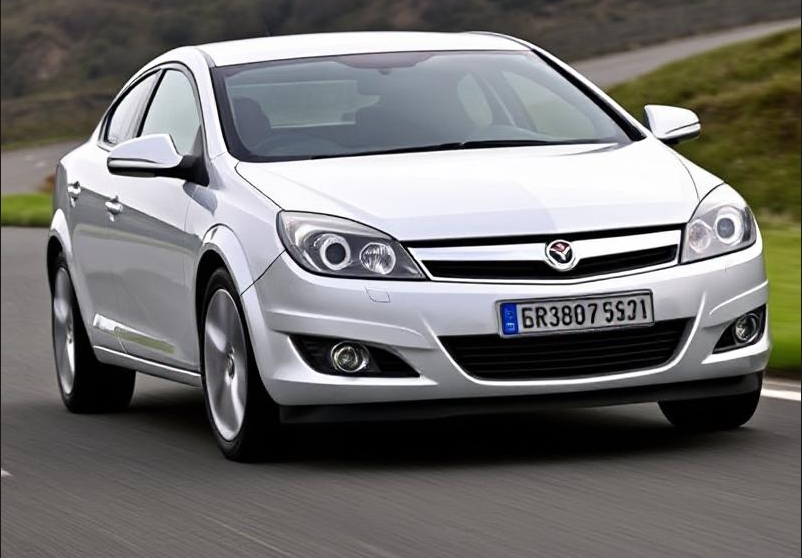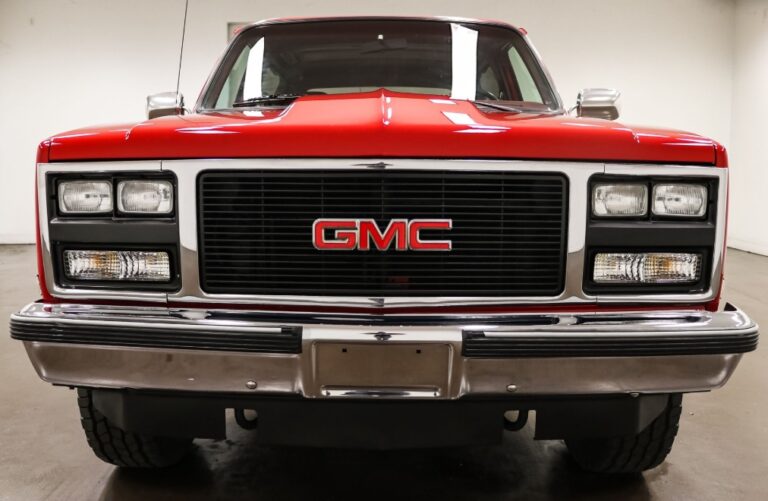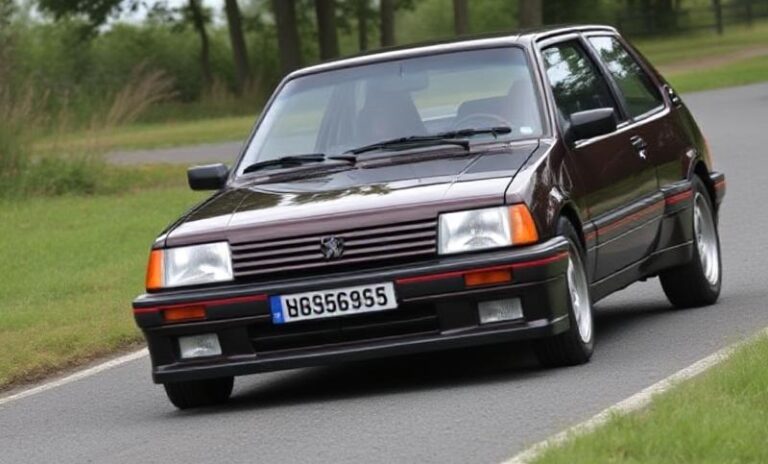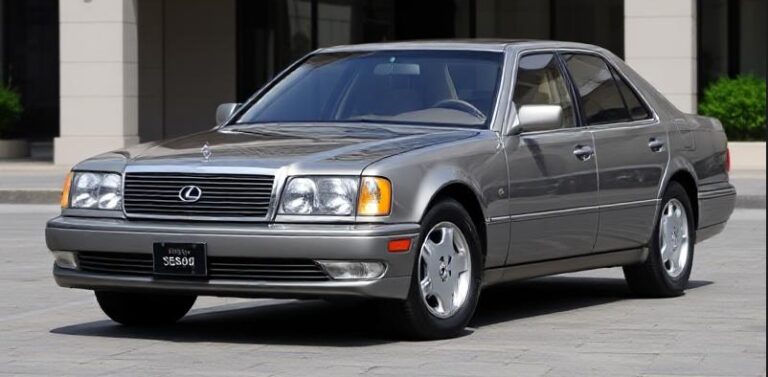The Evolution of the Saturn Astra: A Comprehensive Overview
The Saturn Astra, a compact car produced by the now-defunct Saturn Corporation, is a fascinating chapter in the history of American automotive manufacturing. Originally launching in 2007, the Astra was part of Saturn’s effort to compete in the compact segment that had been heavily dominated by Japanese automakers. Through its various iterations, the Astra showcased unique styling, European engineering, and a range of models and trim levels before its discontinuation. This article delves into the evolution of the Saturn Astra, examining its production years, models, and trim levels.
Saturn Astra Origins
Saturn was founded in 1985 as a subsidiary of General Motors, centered around a unique concept of customer-driven car retailing and an emphasis on innovative manufacturing techniques. The Astra was introduced in 2007 as part of an effort to bolster Saturn’s lineup with a compact that combined fuel efficiency with European-inspired design and engineering.
Production Years and Trajectory
The Saturn Astra was produced from 2007 to 2009, a brief but significant period that coincided with a tumultuous time in the automotive industry. General Motors was facing significant challenges, including declining market shares and financial difficulties, which would ultimately lead to the company’s restructuring and the phasing out of the Saturn brand.
2007: The Debut of the Astra
The Saturn Astra made its North American debut in 2007 as a model based on the European Opel Astra. The Astra was offered as a five-door hatchback, distinguishing itself from many competitors in the compact segment that predominantly featured sedan variants.
The launch lineup for 2007 included two trim levels: XR and XE.
- XE Trim: This was the base model which included essentials like air conditioning, a four-speaker audio system, and a tilting steering wheel. The XE was aimed at providing a solid entry-level option for budget-conscious consumers.
- XR Trim: The XR offered more features, including a more sophisticated audio system, sports seats, and available 18-inch alloy wheels. This trim was designed for customers seeking an upgraded experience without stepping out of the compact category.
The Astra featured a single engine option in the form of a 2.4-liter four-cylinder, producing 170 horsepower, mated to either a five-speed manual or a four-speed automatic transmission.
2008: Expanding Features and Refinements
In 2008, Saturn continued to enhance the Astra’s appeal while maintaining its core features.
The trim levels remained the same with XR and XE, but the model saw various upgrades and refinements that improved overall appeal and performance. New for 2008 was the availability of a Premium Package for the XR trim, which offered leather upholstery, heated front seats, and climate control.
Additionally, customers could opt for a Technology Package which included a navigation system, premium audio, and Bluetooth connectivity.
The Astra received good reviews for its agile handling, spacious interior, and impressive fuel economy, but it struggled with brand recognition and market positioning—issues stemming from the Saturn brand’s identity crisis.
2009: The Final Model Year
The 2009 model year marked the end of the Saturn Astra’s production run, which came as part of Saturn’s larger decline. The Astra retained its established trim levels, with a few minor updates.
Notable features for 2009 included standard stability control across the lineup and updates to its safety ratings, which further highlighted the Astra’s European origins and commitment to performance and safety.
The design remained largely unchanged, showcasing its practical hatchback shape that appealed to drivers looking for versatility. However, with Saturn being placed under review for discontinuation, the Astra was destined to be phased out.
.
THIS is GOOD stuff if your car is in need:

.
Aftermath: Saturn’s Discontinuation and Astra’s Legacy
In 2009, General Motors filed for bankruptcy and underwent significant restructuring, leading to the discontinuation of the Saturn brand in 2010. The Astra, along with it, was lost in the shuffle of a changing automotive landscape. The decision was a misfortune for enthusiasts who appreciated the Astra’s unique characteristics, such as its stylish design and European driving dynamics.
Summary of Models and Trim Levels
Through its brief production run, the Saturn Astra was primarily offered in two trim levels: the XE and the XR, which aimed to satisfy both entry-level buyers and those looking for added features and performance.
Trim Levels:
- XE (2007-2009)
- Base features: Air conditioning, tilt steering, 4-speaker audio system.
- XR (2007-2009)
- Added features: Enhanced audio system, sports seats, optional premium packages.
- Notable optional packages:
- Premium Package: Leather upholstery, heated front seats, climate control.
- Technology Package: Navigation, premium audio, Bluetooth connectivity.
Design and Performance Highlights
The Astra was designed as a compact hatchback, featuring similar aesthetics to its European counterpart, the Opel Astra. Its design elements included sleek lines, modern lighting, and a spacious interior, which appealed to buyers seeking practicality without compromising on style. Under the hood, the Astra’s 2.4-liter engine provided ample power for daily driving, and its suspension offered a comfortable ride balanced with engaging handling.
Conclusion
The Saturn Astra’s journey from its debut in 2007 to its discontinuation in 2009 is emblematic of the challenges faced by many automotive brands during this period. Despite its short-lived run, the Astra carved out a niche for itself by combining European styling and performance with the values that consumers expected from the Saturn brand. Although the Saturn line has since faded into history, the Astra remains a memorable model for those who value its unique blend of design and engineering. As such, it continues to be a point of interest for automotive enthusiasts and a reminder of an ambitious era of American automotive history.







